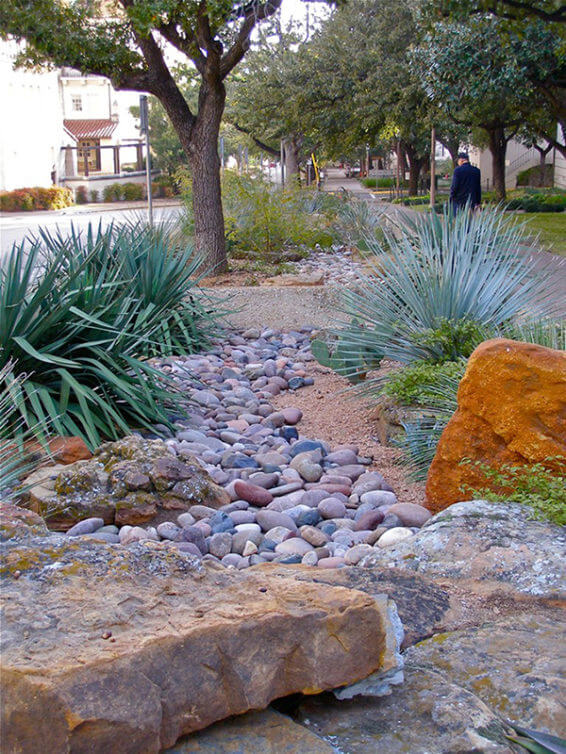Are you familiar with the term xeriscaping? Is this something that you’ve done in one of your previous projects? If not, read on ahead.
What is xeriscaping?

Xeriscaping may sound complicated but it actually isn’t. It just required a lot of planning. The term comes from the Greek word “Xeros” which means dry. It is known as a method of designing a landscape that reduces or eliminates the need for irrigation. It is a means of designing that works well in areas that encounter harsh droughts. And Australia is no stranger to harsh droughts.
With xeriscaping, you usually see designs that make use of a lot of rocks instead of grass. It doesn’t necessarily mean your design should be filled with cacti. You can use drought-hardy plants and succulents.
What are the benefits of xeriscaping?
Save Money and Conserve Water
Xeriscapes are designed to save water. Even if you are not in an area that experiences droughts, xeriscaping can help bring your water bills down and save money. On top of that, you help the environment through water conservation.
Low Maintenance
Xeriscapes require little to no maintenance. Since you make sure to use drought-resistant and hardy plants, you rarely need to water. And since native plants are prioritized in a xeriscape, they can thrive with little to no human intervention. These native plants will also help to attract native species of birds and other pollinators.
Important Elements for Xeriscaping
In xeriscaping, water conservation is the most important element. Soil absorption and drainage patterns are also essential for this garden.
Irrigation
Irrigation is minimal, but how minimal? It really depends. If you are going for a desert landscape, rain can normally handle the irrigation system. A drip irrigation system is also a great option. It will deliver small amounts of water directly into the soil.
Choice of Plants
You’ll want to choose native and drought-resistant plants that will thrive in the kind of soil where you are designing. Mulching will be crucial to help maintain soil moisture.
Focal Points
Obviously, water features are a no-go in a xeriscape. You can opt for sculptures, extra-large pots, and planters, boulders, or even a small hardy tree for a focal point.
Planning
Last but not least is planning. Xeriscaping requires a lot of planning. It is the most important element of the xeriscape. Plan your design. Know your soil composition and plant positioning. It is never an overnight process. It will take time and solid commitment.
Can You Recommend Xeriscaping to Your Clients?
Definitely. If you practice in an area that experiences a lot of droughts, then you can emphasize the benefits of xeriscaping. It will be important to explain the pros and cons of going with this kind of landscape design.
The Pros:
- Greatly reduces your environmental footprint and impact
- Reduces the amount of time needed for landscaping work
- Significant decrease in water consumption
- Reduced maintenance costs in the long term
Cons:
- The initial set-up might be more costly
- Planning for a xeriscape will be more difficult. Examining the soil and choosing plants will be very crucial.
- Poor planning can cause xeriscape to fail and result in poor design causing more expenditures and problems.
- Aesthetically, it might not be eye-catching for everyone.
Have you ever tried designing a xeriscape? Let us know your experience in the comments.
Article originally from:
https://iotagarden.com.au/how-to-incorporate-xeriscaping-into-your-next-landscape-design/
Comments
Post a Comment